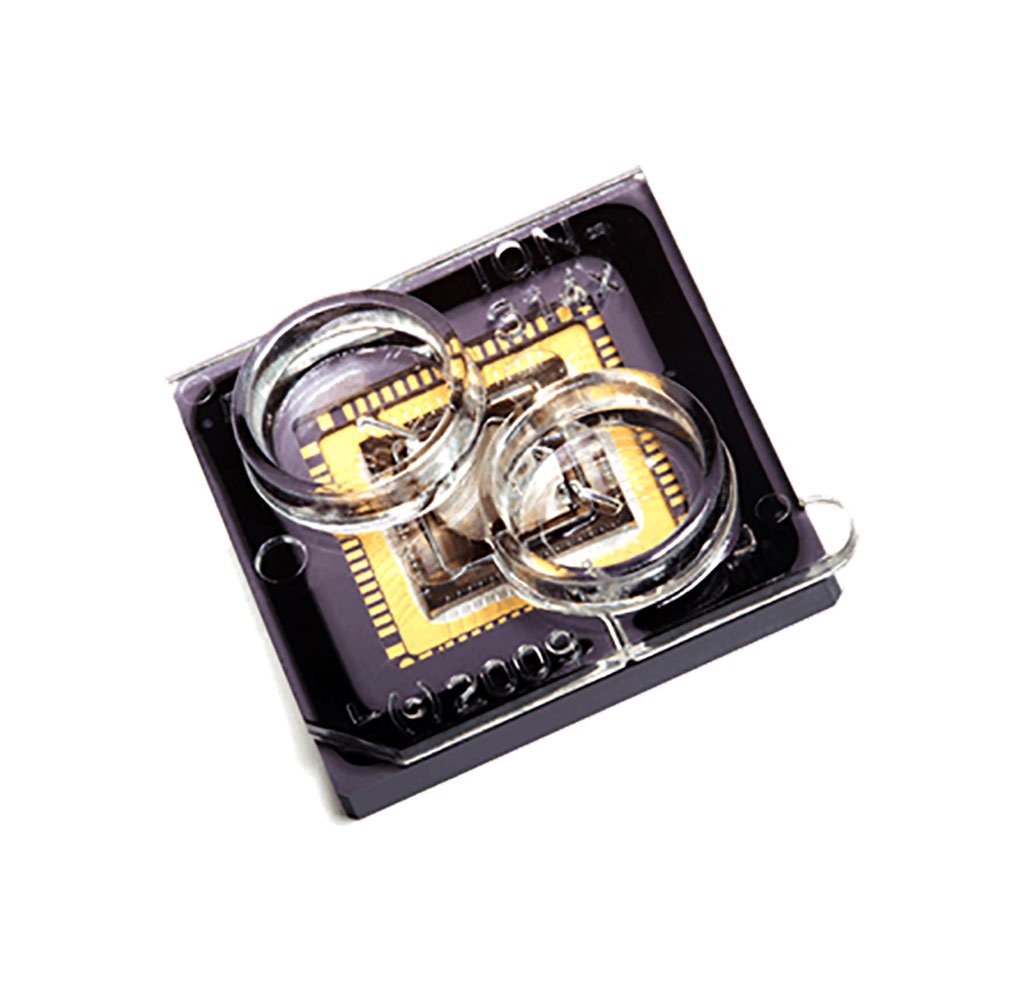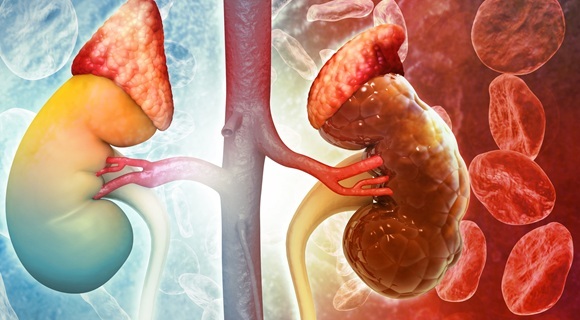New NGS Assay Rapidly Detects Any of Hundreds of Infectious Bacteria from Single Test Run
Posted on 20 Jan 2022
A rapid, hypothesis-free diagnostic assay can rapidly identify bacteria from human samples during dangerous and life-threatening infections using Next Generation Sequencing (NGS).
Pathogenomix Inc. (Santa Cruz, CA, USA) has been granted Breakthrough Device Designation for its Patho-Seq assay that is designed for the rapid detection and identification of hundreds of clinically relevant bacteria for a broad list of clinical conditions and sample types, including sepsis from whole blood samples and bacterial meningitis from CSF. The FDA has granted Patho-Seq a Breakthrough Device Designation due to its significant advantages compared to current FDA-approved methods for the diagnosis of pathogenic bacteria in cases where infection may threaten life or long-term health.

The Patho-Seq test has the potential to significantly advance infectious disease treatment through its targeted 16S sequencing approach. Patients can develop systemic infections, like sepsis, from uncontrolled infections at many sites in the body, representing a massive variety in potentially causative organisms. Current FDA-approved methods don't address such a breadth of causes with a single test. Patho-Seq's approach answers this broad spectrum problem. As a rapid, hypothesis-free diagnostic that can detect any of hundreds of bacteria, Patho-Seq addresses the critical weaknesses of current FDA-approved methods for the diagnosis of inpatient bacterial infections. For many infectious organisms, the Patho-Seq test can return results more than 48 hours faster than the currently approved Standard of Care tests. Patho-Seq was granted Breakthrough Device Designation for the identification of infectious bacteria from sepsis and bacteremia, bacterial meningitis, joint and implant infections, and tick-borne bacterial infections.
"Perhaps the most important advantage of using Next Generation Sequencing for bacterial ID is its ability to rapidly detect any of hundreds of infectious bacteria from a single test run, without requiring a specific hypothesis from the clinician about what might be causing the infection," said Chris Risley, Executive Chairman of Pathogenomix, Inc. "In the other diagnostics, in order to select the correct growth medium or NAAT, the clinician must have a strong hypothesis about which one of hundreds of potential pathogens may be infecting their patient. The same breadth also allows multiple bacterial ID's from polymicrobial samples in cases where more than one species may be contributing to the infection. In addition, if a sample is taken after the patient has been treated with antimicrobials then traditional culture for ID often delivers a false negative. Patho-Seq can identify all bacteria even if the sample was taken after the patient was treated."
Related Links:
Pathogenomix Inc.














